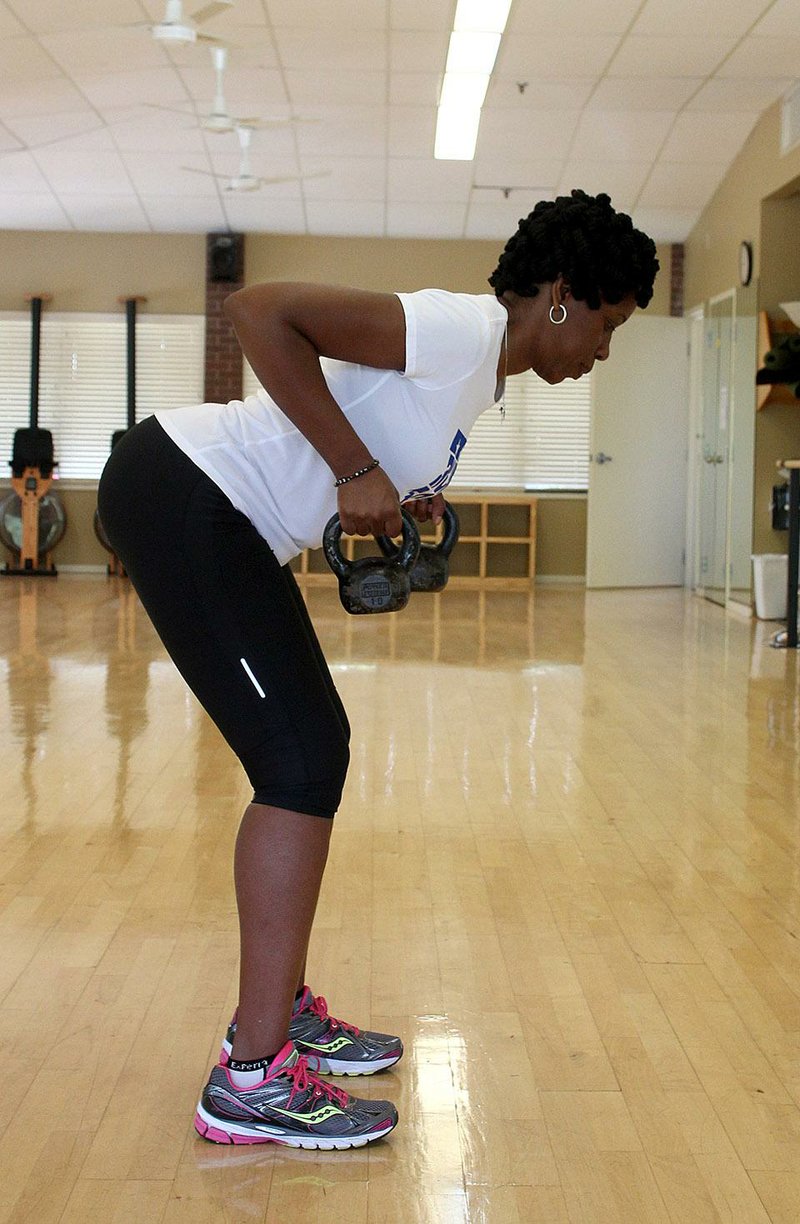The average exerciser considers many factors when designing a strength program. Sets, repetitions and resistance levels are just a few of the more common variables considered. While these are certainly important parameters, some people would benefit from focusing on other things.
This week, I'll discuss a few less obvious variables that could take your program up, up, up to the proverbial next level. Plus, I'll present an exercise that magnifies one such variable -- "time under contraction."
I think of exercise programs in the same way I think of budgets. The more detailed and specific they are, the more effective they will be, typically. Both documents are essentially plans that one expects will lead to a desired result. In other words, stick with the plan and you will attain something you want. So, why not give it 100 percent effort?
One of the more ambiguous components of a strength program is rest. My guess is that 90 percent of exercisers have no idea how long they are actually working versus resting during any given exercise session.
Unless you're doing cardiovascular interval training, a lot of rest between sets can be detrimental for two reasons. First, the total amount of work performed has an inverse relationship with the amount of rest taken. Longer rest periods result in less exercise and poorer results over the long term. In addition, longer rest periods allow target muscles to recover more completely, thereby reducing the effect of the next set on overall muscle fatigue.
Quantifying rest periods makes sense because it keeps you on task and actively engaged in the workout. There's no spacing off or extensive socializing because each rest period is limited to a certain number of seconds.
Some might argue that socializing is one of the components of the exercise "experience" that improves their adherence. That's a completely valid point that might outweigh the benefits of quantifying rest periods. After all, limiting rest periods doesn't do much good if a person becomes uninterested in exercise altogether.
Another interesting component of an exercise program is total time under contraction. In other words, how many seconds is a target muscle actually forced to contract under resistance during each set? Some protocols directly dictate this variable for each and every repetition, but monitoring this many seconds per rep for one exercise and that many for another seems too cumbersome for the average exerciser. Rather, I like to coach my clients to be mindful of this variable by keeping each repetition very controlled with a smooth " one, two" count on both phases of the movement.
As the weight is lifted, one would count two seconds and then do the same as the weight is lowered. This allows one to achieve a more consistent time under contraction, which can have a powerful cumulative effect on workout effectiveness.
This week's exercise is designed specifically to maximize time under contraction by adding an element of isometrics to the mix. The Batwing Row is appropriate for almost all fitness levels and can be performed with dumbbells or kettlebells.
1. Select two medium-weight kettlebells and stand with your feet shoulder-width apart.
2. Bend over from your waist while holding both kettlebells with your arms extended toward the floor. Keep your lower back as flat as you can.
3. You are now in a bent over row position with the arms extended.
4. Row the right kettlebell toward your ribs and squeeze the right shoulder blade.
5. Hold the kettlebell against your ribs as you perform 10 rows with the left side.
6. Once you do 10, hold the left kettlebell against your ribs and perform 10 with the right side.
7. Finally, perform 10 repetitions with both.
This lengthy set will certainly challenge your muscular endurance, so you may want to select a low resistance level at first. It's a cool exercise that challenges the large back muscles as well as the smaller supportive structures along the spine. Enjoy!
Matt Parrott has a doctorate in education (sport studies) and a master's in kinesiology and is certified by the American College of Sports Medicine.
vballtop@aol.com
ActiveStyle on 09/15/2014
